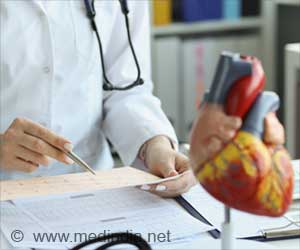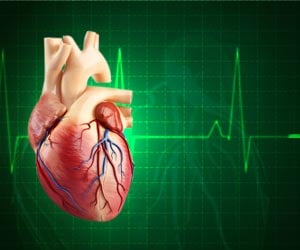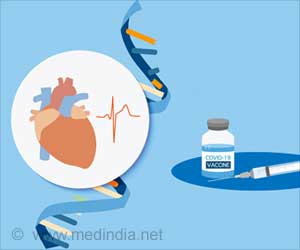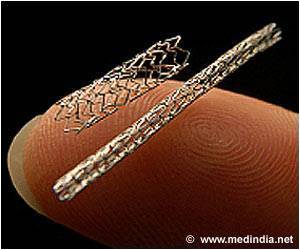The key ingredient for proper vessel formation has been discovered by scientists. The new discovery offers important direction for efforts to better treat a host of serious conditions ranging from diabetes to heart attacks and strokes.
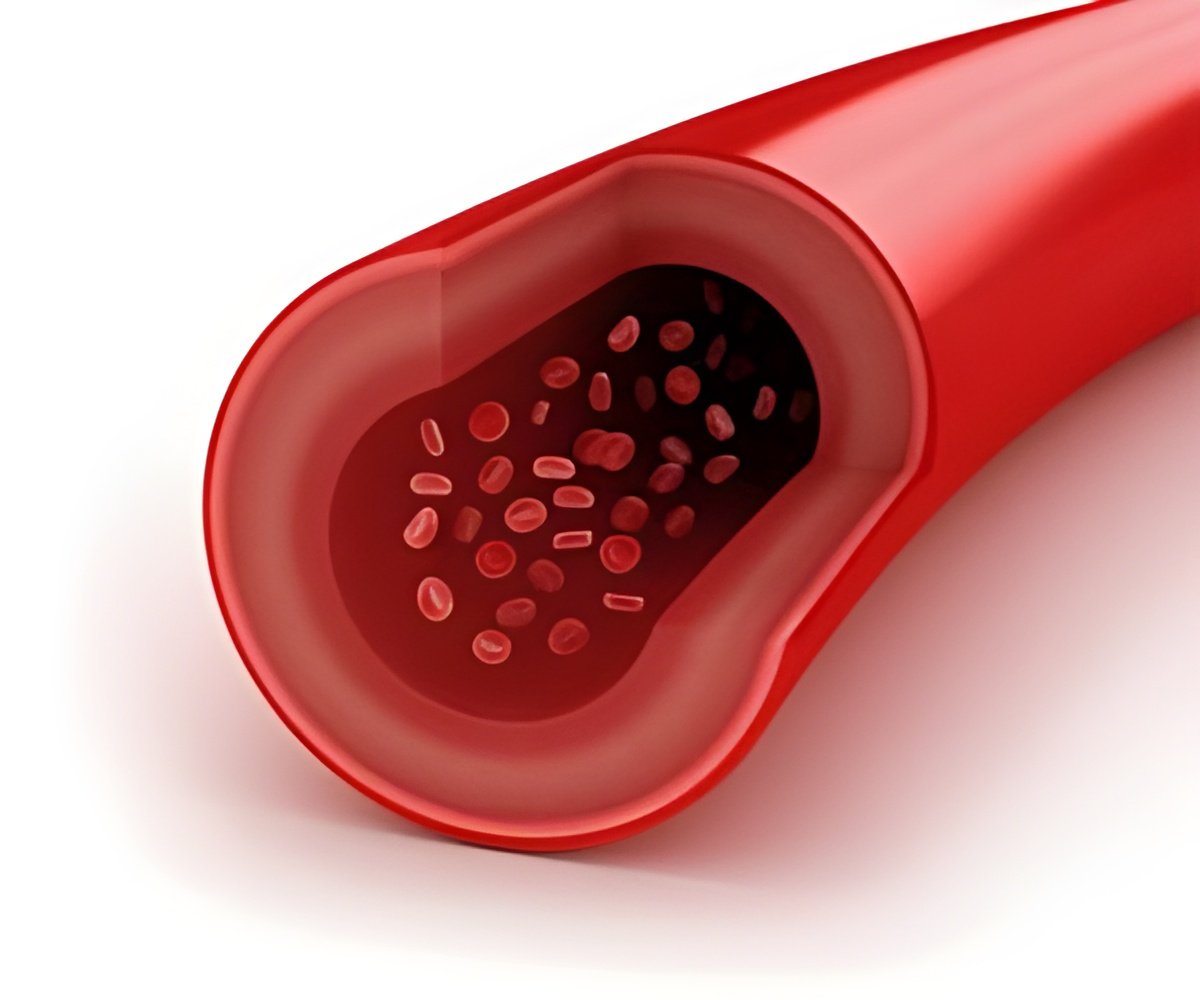
"Most of the studies of angiogenesis [blood vessel formation] have focused on the inner lining of the pipes themselves," researcher Daniel L. Hess said. "That's fairly well understood. But it's really not well understood how you get a complete functional blood vessel that can withstand the mechanical force exerted by blood pressure."
UVA's new discovery helps answer that - and, in so doing, saves scientists from the time, effort and cost of pursuing treatment strategies that will ultimately bear no fruit.
Innovation and Collaboration
The discovery was made possible by the fortuitous convergence of research in two different labs at UVA. Hess was working on a model of peripheral artery disease in the labs of Owens and UVA's Brian Annex, MD, in the Robert M. Berne Cardiovascular Research Center, while another researcher, Molly R. Kelly-Goss, was working with a model of blood vessel growth she developed in the lab of Shayn M. Peirce, PhD, of UVA's Department of Biomedical Engineering.
By bringing those two models together, the researchers were able to determine the vital role of the perivascular cells in blood vessel formation and to identify a gene, Oct4, that is required for this process. Previously, Oct4 had been thought to be active only in embryonic stem cells during early development and to be permanently inactivated in adult organisms. This belief persisted until two years ago, when the Owens lab showed it was reactivated within smooth muscle cells during formation of atherosclerotic plaques inside blood vessels and required for formation of a protective fibrous cap on those lesions that prevents them from rupturing and setting off a heart attack or stroke - analogous to a patch on a tire. Now the lab has shown that Oct4 has an important role in the formation of the vessels themselves - ironically, being required for forming the protective outer wall of blood vessels.
Source-Eurekalert
 MEDINDIA
MEDINDIA


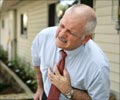

 Email
Email




